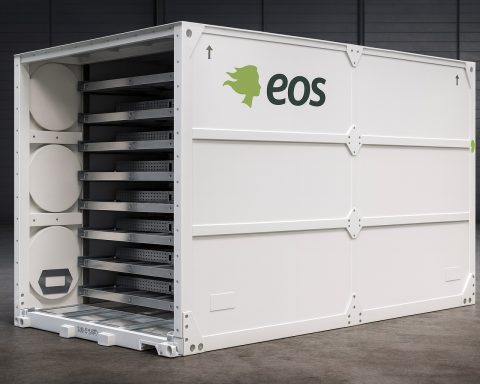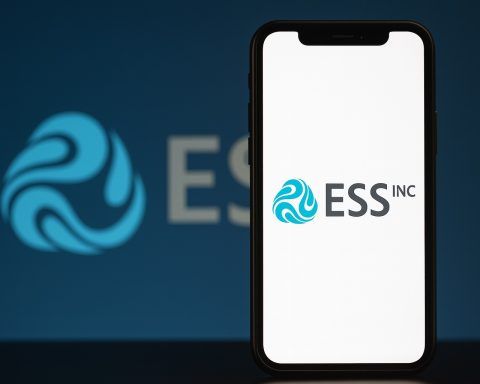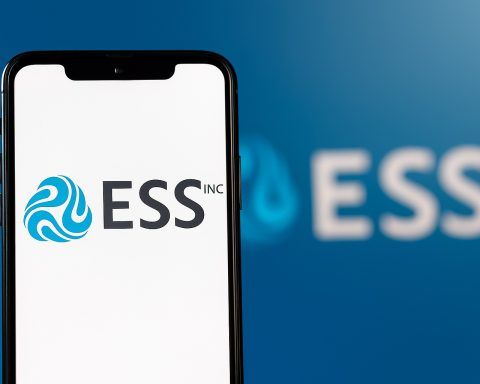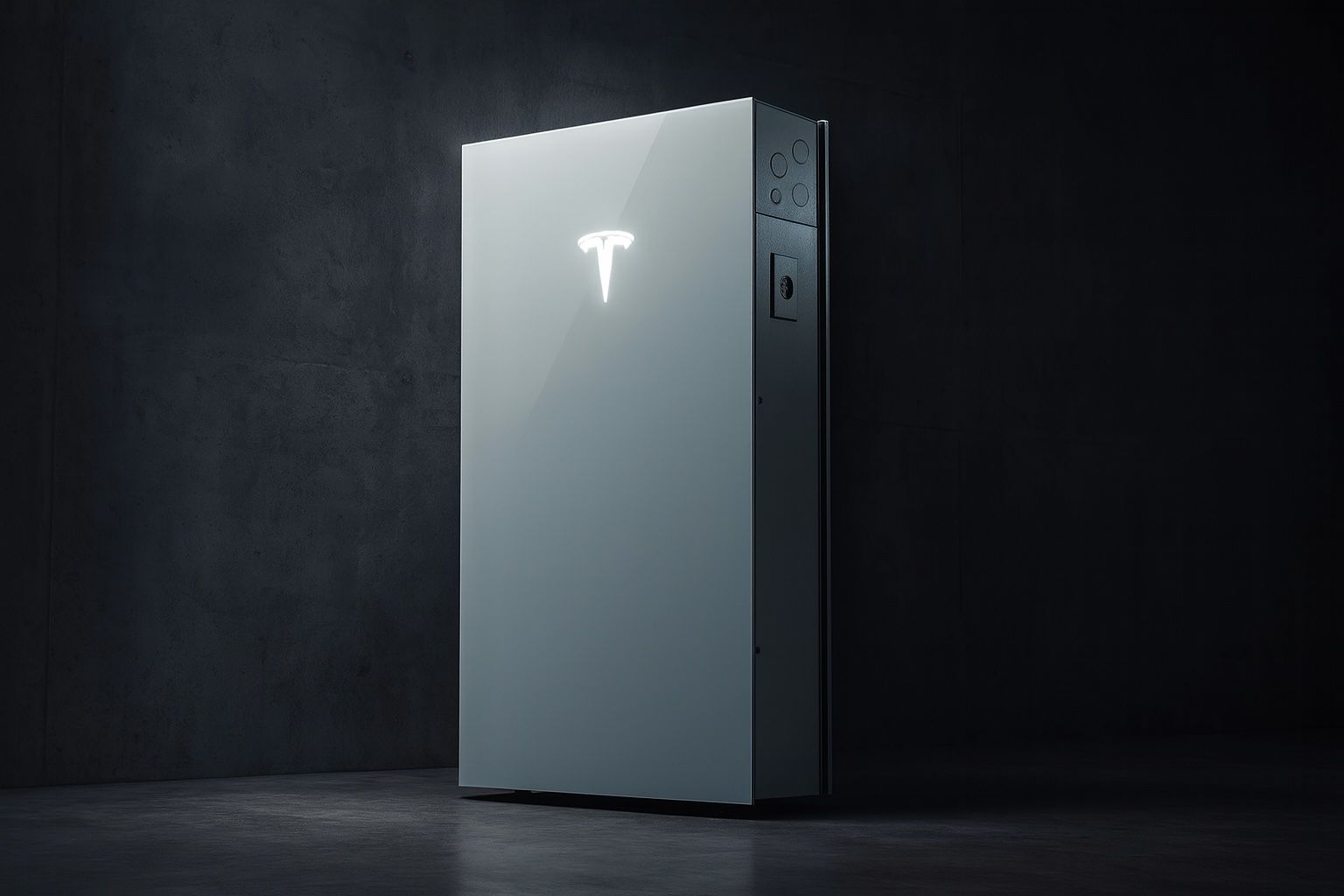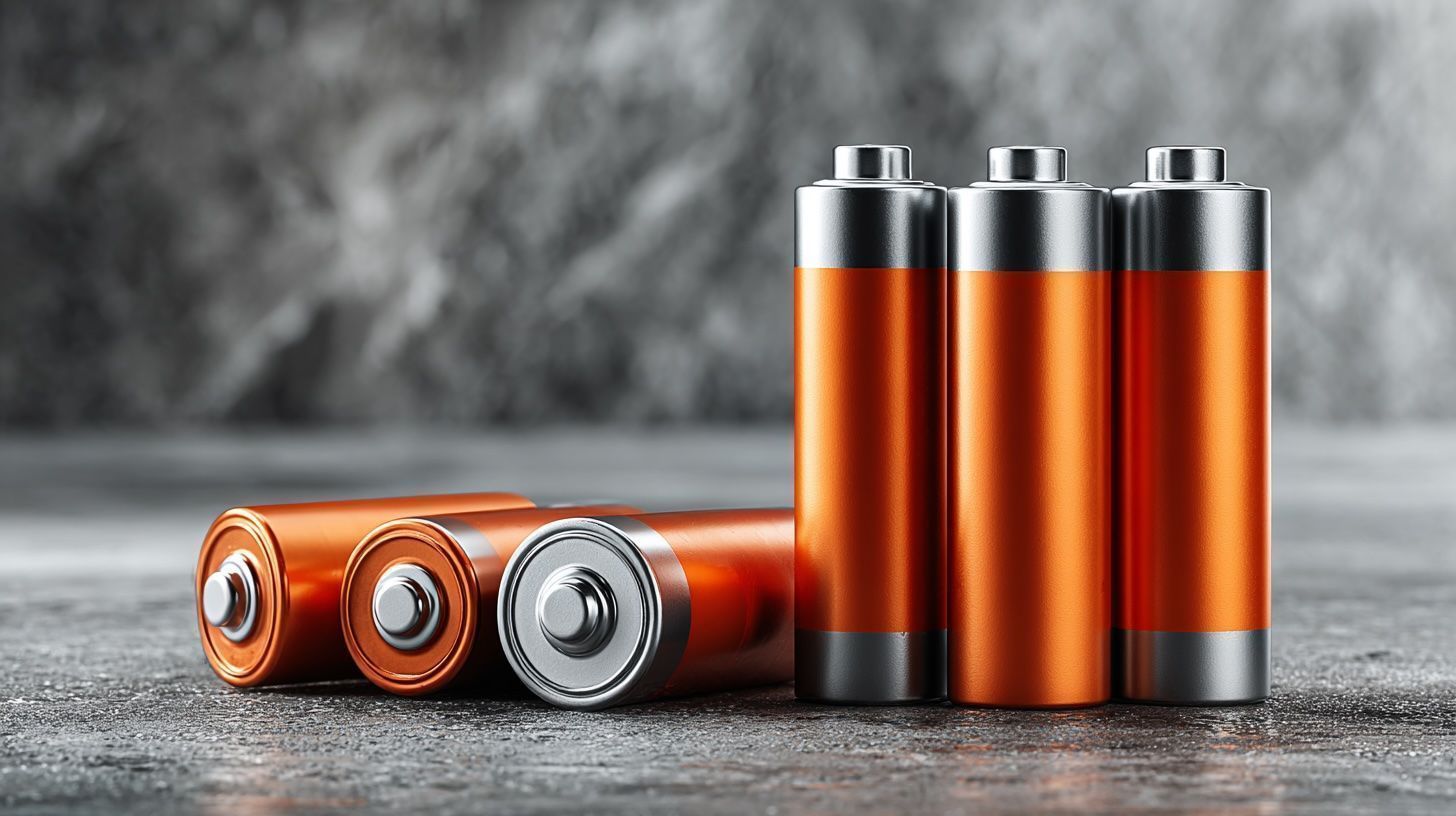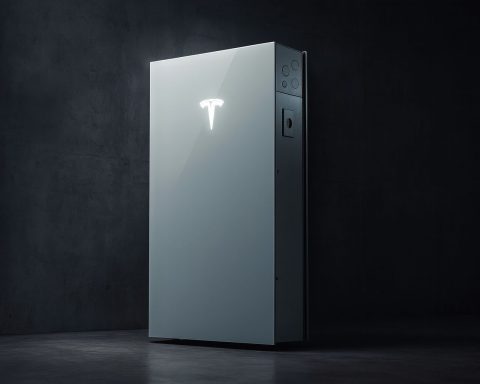
Energy Storage Stocks Today: Tesla, Fluence, Enphase, Sunrun and Albemarle React as AI Data Centers, Policy Deadlines and Lithium Forecasts Collide (Dec. 16, 2025)
NEW YORK — Tuesday, Dec. 16, 2025 (early afternoon ET). Energy storage stocks are back in the spotlight on the U.S. stock market today, driven by three forces that rarely hit at the same time: (1) a fast-moving surge in electricity



